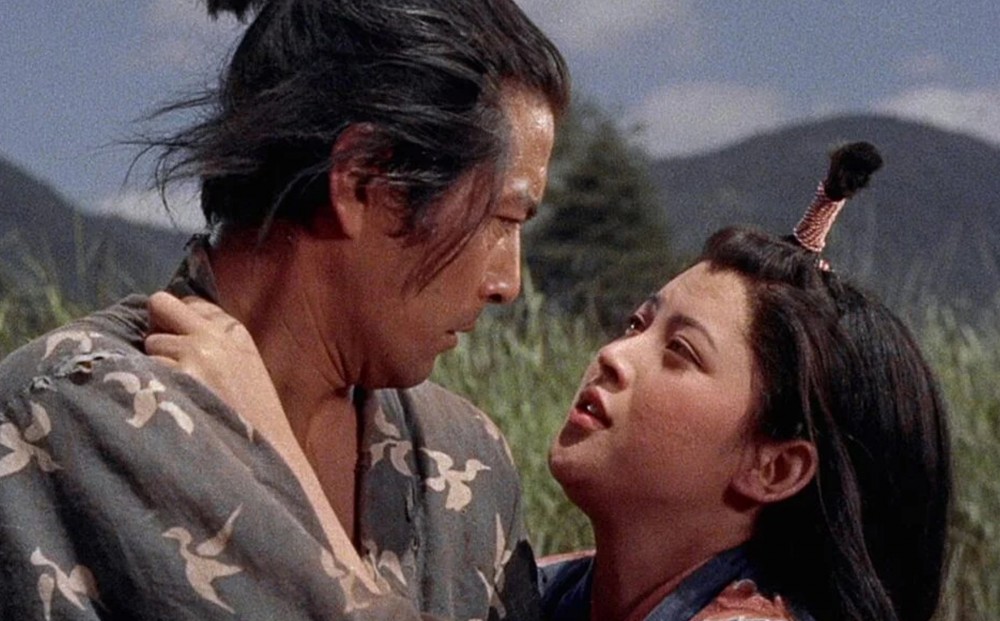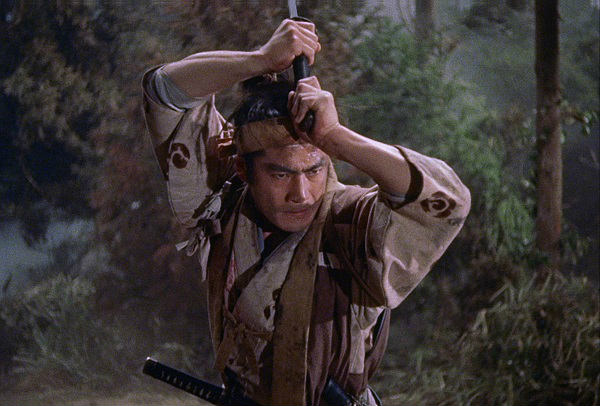Miyamoto Musashi: The Legendary Samurai on Screen
Miyamoto Musashi (1954), directed by Hiroshi Inagaki, stands as one of the greatest achievements of Japanese cinema, bringing to life the story of Japan’s most famous swordsman. Known in the West as Samurai I: Musashi Miyamoto, the film is the first installment in the celebrated Samurai Trilogy, starring the incomparable Toshiro Mifune. With its blend of history, action, and philosophy, the film offers not only an epic tale of swordsmanship but also a profound exploration of honor, discipline, and self-discovery.
The narrative traces the early years of Musashi, who would later become a legendary ronin and master of the sword. At the beginning of the story, he is Takezo Shinmen, a reckless and wild young man driven by ambition and brute strength. His thirst for glory leads him into battle and lawlessness, where he is branded an outlaw. Over time, however, through hardship, mentorship, and the pursuit of enlightenment, Takezo transforms into Miyamoto Musashi, a disciplined warrior guided not only by martial skill but also by wisdom and self-control.

Central to the film’s power is Toshiro Mifune’s commanding performance. Known for his raw energy and intense screen presence, Mifune captures Musashi’s journey from impulsive youth to noble swordsman. His portrayal balances fiery passion with eventual restraint, embodying the very spirit of the samurai ethos. Mifune’s Musashi is not just a swordsman; he is a man shaped by failure, hardship, and the pursuit of meaning.
Visually, the film is a masterpiece of jidaigeki (period drama) cinematography. Inagaki fills the screen with sweeping landscapes, vibrant color (a rarity for Japanese films of the time), and meticulously choreographed duels. Each fight is presented not as mere spectacle, but as a reflection of Musashi’s growth in discipline and philosophy. The use of color enhances the grandeur of the story, giving it a sense of timeless myth.
Thematically, Miyamoto Musashi is as much about inner transformation as it is about external battles. While the duels are thrilling, the film emphasizes Musashi’s spiritual awakening and his realization that the true way of the warrior lies not in brute force, but in balance, honor, and self-mastery. This philosophical core separates it from conventional action films and aligns it with Japan’s rich tradition of samurai storytelling.
Upon release, Miyamoto Musashi received widespread acclaim both in Japan and internationally. It won the Academy Award for Best Foreign Language Film in 1955, cementing its place as a landmark of world cinema. Its success led to two sequels—Duel at Ichijoji Temple (1955) and Duel at Ganryu Island (1956)—completing the Samurai Trilogy and chronicling Musashi’s rise to legendary status, culminating in his famous duel with rival Sasaki Kojiro.

Beyond the trilogy, Miyamoto Musashi has remained a cultural icon, inspiring countless films, novels, manga, and video games. His real-life writings, particularly The Book of Five Rings, continue to influence not only martial arts but also philosophy and strategy.
Ultimately, Miyamoto Musashi is more than a historical biopic. It is a story of transformation, discipline, and the eternal pursuit of mastery. Inagaki’s film, elevated by Mifune’s unforgettable performance, ensures that the legend of Musashi lives on—not just as a swordsman, but as a symbol of the timeless values of honor, perseverance, and the quest for truth.



